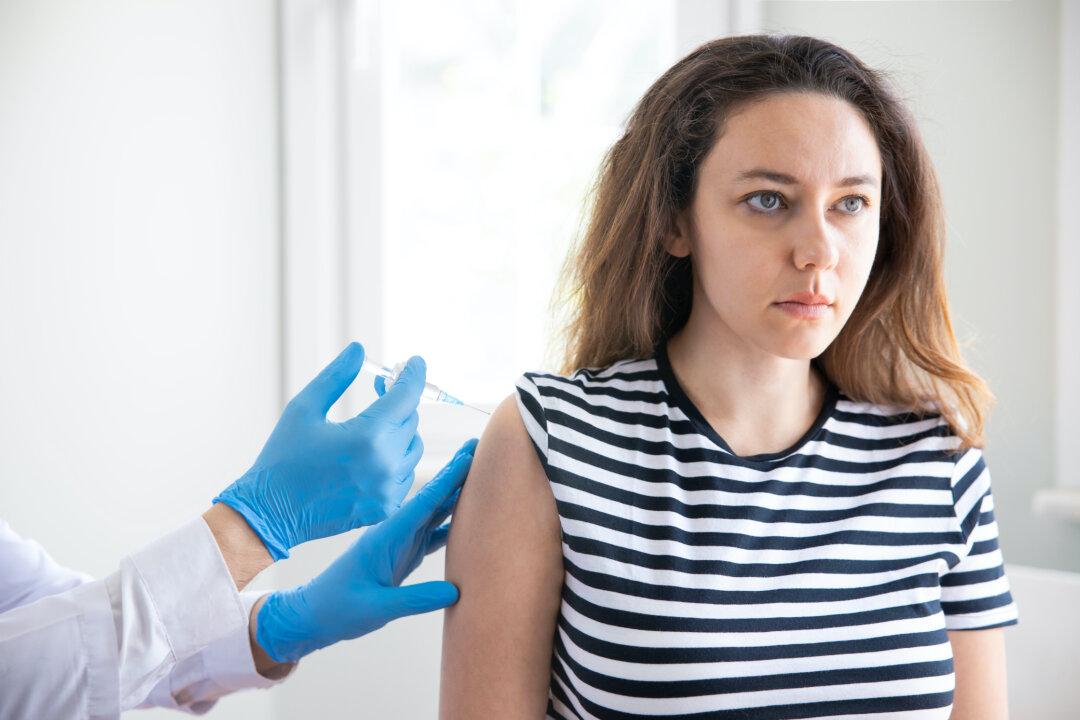In its 2016 to 2020 strategic plan, the National Institute on Drug Abuse (NIDA), part of the National Institutes of Health (NIH), promoted the promise of “anti-addiction vaccines aimed at eliciting antibodies that block the effects of a specific drug.”
Certainly addiction is a huge problem, with opioid addiction leading the way, taking more than 140 American lives per day, in part because lethal fentanyl is being peddled. Addiction to other drugs, including meth and, of course, alcohol, also has tragic and often deadly consequences.






